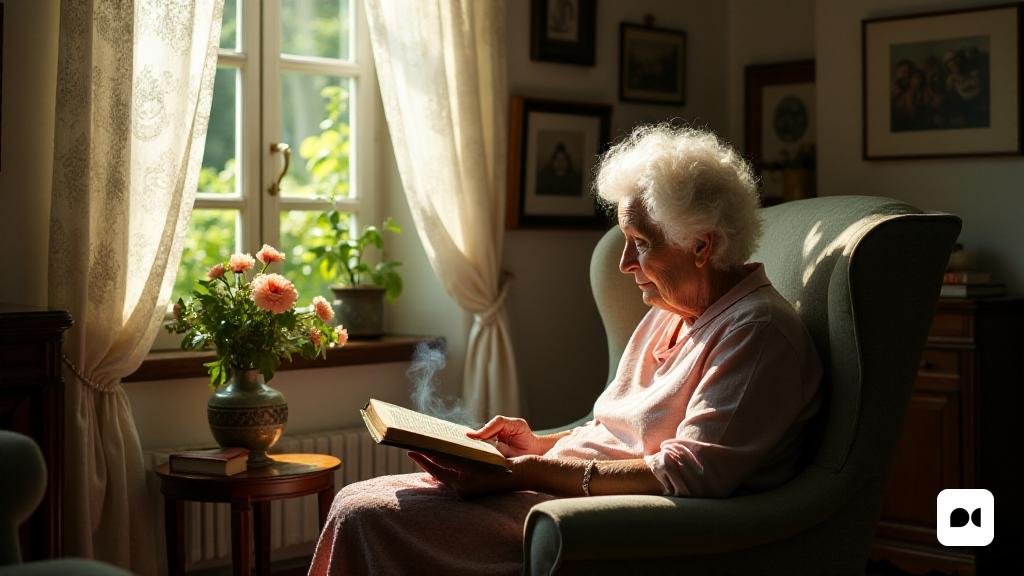The search for meaning in a fragmented world
In a context where traditional religious practice is diluted, people seem to seek a sense in their lives through personal rituals, superstitions and different beliefs. It is not an absence of faith, but of a reconfiguration of it, as the contemporary thinker Marc Mercader points out to his recent essay ‘Love and care’. In this new age, marked by narcissism and individualism, the way to connect with the divine becomes a reflection of the characteristics of the 21st century.
Artificial intelligence: A new God?
The belief that artificial intelligence can replace human intelligence is a mirage. In fact, what we perceive as ‘intelligence’ is an organized data set, lacking wisdom and depth. Our human essence, with its emotions and will, is the one that directs the actions that apparently seem automatic.
Margalida’s monologue: Reflections on love and faith
Jordi Coca’s novel ‘The stillness of another’ presents the figure of Margalida, a woman who reminds her love with Michael, a Hindu dilettante who introduced her to a deeper spiritual vision. Their reflections on the gods and faith reveal an internal struggle, a contrast between their Catholic education and their search for wider and universal truths.
The dilemma of faith
Margalida expresses its disenchantment with the Catholic doctrine, which seemed rigid and lacking in understanding. Miquel, on the other hand, encourages him to explore the mysteries of existence without seeking simple answers, which emphasizes the tension between traditional and modern beliefs.
Deus and the human condition
Through history, humanity has created gods that reflect his hopes and fears. The idea that each person model their God according to their needs and aspirations is a testimony of human nature. The phrase ‘tell me how your God is and I will tell you how you are’ summarizes this intrinsic relationship between belief and identity.
The duality between good and evil
Contemporary cultural narrative, such as ‘Star Wars’ or ‘The Lord of the Rings’, illustrates the delicate line that separates the good from evil. True work lies in cultivating positive values and preventing selfishness from drowning love, as weeds can ruin a harvest.
The true nature of God
Catholics argue that there is a single true god. However, the understanding of this god becomes a journey, as the apostle Paul expressed. Spiritual maturation involves a continuous learning process, and God’s vision is gradually revealed as we grow in faith and knowledge.
Divine communication
The question we have left is how God can communicate with us. It is not just a prophet or a saint, but a message that crosses the borders of religion. Jesus, as a central figure, conveyed a message of peace and love that endures over the centuries, challenging imposition and violence.

